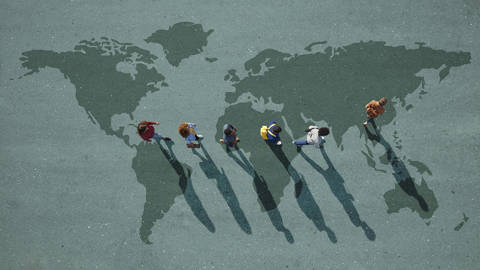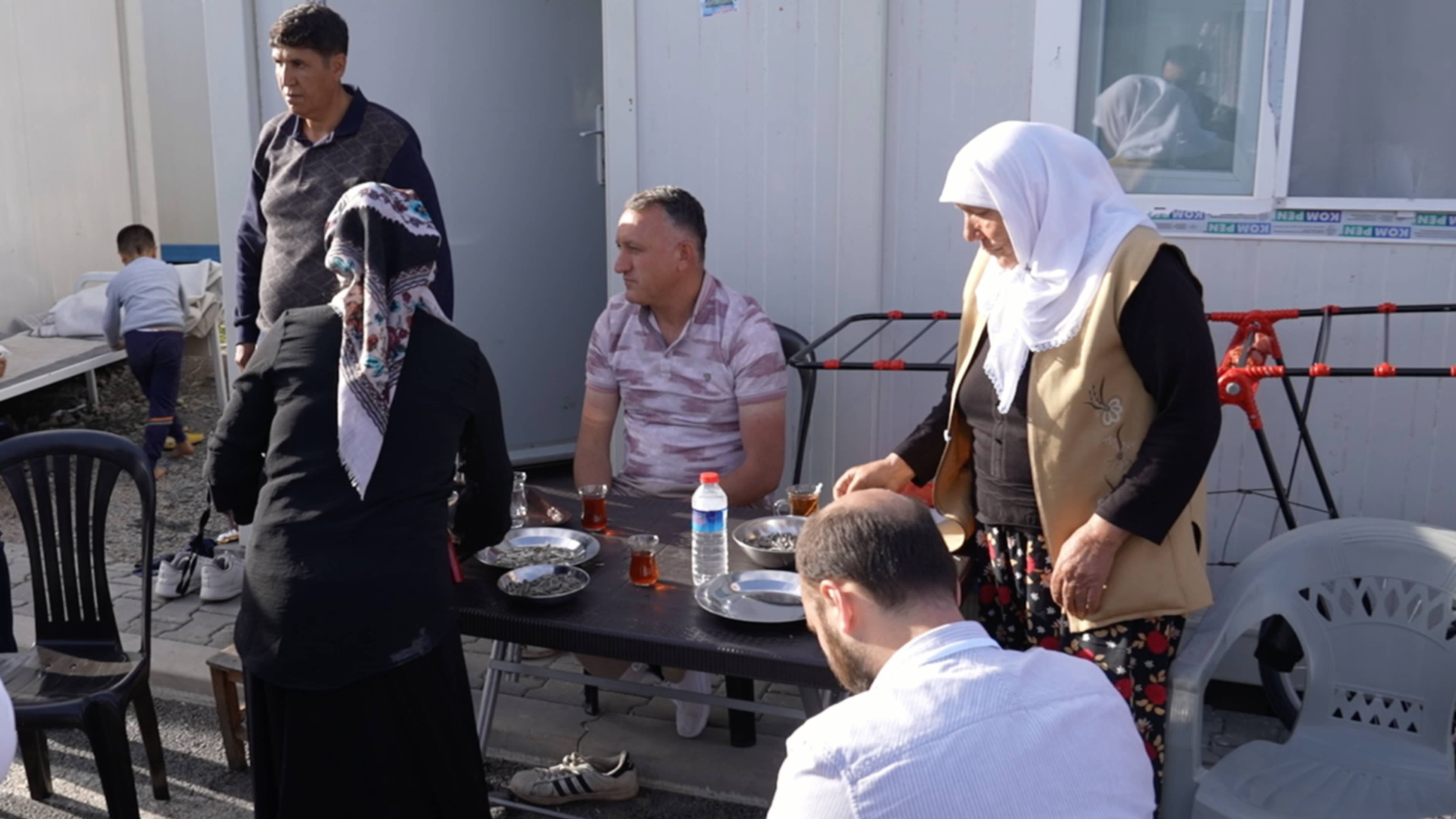
Journalist Shimaa Samy. Picture owned by Samy and used with permission.
As the sun began to set on the evening of May 20, 2020, and Shimaa Samy's family busily prepared for the iftar of Ramadan, a massive security force arrived at their doorstep in Alexandria. The belligerent security officials, dressed in civilian clothes, appeared as if they were ready to take down a formidable and sinister terrorist operation. However, Shimaa Sami was neither a terrorist nor a criminal. In fact, she posed a far greater threat — she was a journalist.
Shimaa's journey into pretrial detention soon began, with the baseless charges frequently used by the Egyptian authorities to target activists, journalists, and opposition figures, namely, joining terrorist groups and spreading false news. In reality, her true charge was working with the Arab Network for Human Rights Information, a legal NGO working on defending freedom of expression in Egypt, especially freedom of the press, in addition to her independent journalistic activities on social media and independent newspapers. Sadly, the NGO has since closed its doors.
Despite the absence of any evidence to support the charges against her, Shimaa spent 16 months in the prison system in Egypt. During this period, she was held in harsh conditions, cramped in dark cells that lacked basic living conditions such as ventilation, adequate medical services, and freedom of movement. She was also subjected to enforced disappearance camps and solitary confinement, despite the lack of any justification for such treatment.
The grim reality of press freedom in Egypt
Shimaa’s story is not unique; Egypt is ranked 168th out of 180 countries for press freedom, in 2022 with Reporters Without Borders (RSF) calling it “one of the world's biggest prisons for journalists.” The government's crackdown on the media has increased in the past 5 years, and at least 51 journalists have been jailed since 2018, mostly on false news and terrorist group charges.
Egyptian authorities continue to stifle civic space and suppress peaceful dissent, with over 600 news and human rights websites remaining blocked, according to a 2022 report by Amnesty International. The number of political prisoners in Egypt has reached an alarming 60,000, including journalists, activists, human rights defenders, and political opponents.
In March 2023, the UN Human Rights Committee highlighted how the authorities employed arbitrary detention and the use of pretrial detention to penalize journalists, human rights defenders, and political opponents. Additionally, the Human Rights Watch World Report of 2023 reported inhumane conditions in Egyptian prisons and detention centers, where detainees are subjected to torture and coerced confessions.
For World Press Freedom Day, Shimaa Samy spoke with Global Voices over Signal to shed light on the situation of press freedom in Egypt.
Mariam A (MA): How would you describe the state of press freedom in Egypt during the past year, and was there any change resulting from the international community's focus on human rights, press freedom, and political prisoners after the COP27 summit held in Egypt?
Shima Samy (SS): The first answer the comes to mind is “I don't see any journalism.” Maybe it's a habit I've developed to turn tragedy into laughter to overcome bitterness. But let me be more optimistic and say that after it had completely lived on life support, it is now in intensive care, and there is a possibility that it will survive just as much as there is a possibility that it will die.

Activists stand in solidarity with Egypt’s political prisoners during COP27. Sharm il sheikh. November 2022. Screenshot from a video by the Independent [AN: please link the video]. Fair use.
MA: As someone who has experienced imprisonment due to their work as a journalist, I'm curious to know how this experience has affected your approach to journalism and your view of press freedom in Egypt.
SS: The beauty and curse of journalism in Egypt is that it can lead you to peril, but, any significant experience, no matter how harsh, can make you purer and see deeper. The more difficult the experience, the more it can increase your ability to analyze and describe. My experience of being imprisoned as a journalist created sources for me and visions to address topics that I hadn't considered before.
Even though I regained my freedom a year and a half ago, the situation has unfortunately not improved much. People still need to tread cautiously to fully grasp what is happening. The question that remains unanswered is whether there is a real breakthrough or if there is a hidden agenda behind the scenes. The machinery of oppression is still in place, and arrests are still commonplace. Therefore, I still cannot say clearly how the experience has had an impact on my work.
MA: What are the specific challenges that journalists in Egypt face when attempting to cover sensitive or controversial topics, and how have these challenges changed in recent years?
SS: The challenges for journalists in Egypt are numerous, diverse, and interconnected. Journalists find themselves facing society, traditions, religious authority, and, if they go beyond all of that, they face the law.
The laws in Egypt prohibit the discussion of many topics, and journalists fear being charged with blasphemy, incitement, spreading false news, destabilizing the country. Additionally, the subtle charge of protecting family values is often used as a pretext to suppress freedom of expression.
I'm sorry to be negative and say that things have changed for the worse. The law has gone from bad to worse, and above all, it is those who enforce it. In the end, we cannot deny that the culture of Egyptian society as a whole has suffered greatly from the years of closure that we have experienced.
MA: Despite your pessimism, do you see any potential for improvement in press freedom, particularly in light of recent changes in the Journalists Syndicate?
SS: Khaled Al-Balshi's victory as the head of the Journalists Syndicate can be likened to the “kiss of life” for Egyptian journalism. Excuse my use of the cliché. It is a much-needed cure for a profession that was previously on life support, as I mentioned at the beginning of the interview.
Al-Balshi's track record speaks for itself, as he is known to support freedoms, champion new faces and young pens, and embrace diverse forms of journalism.
There was a palpable sense of fear among the old guard at the syndicate upon his victory, they wanted to reassure their supporters that they still had a presence.
Nonetheless, Al-Balshi's triumph marks a significant step towards the change that we have been striving for, where freedom and its pens can flourish and have a meaningful impact. It is time for the fortress of freedoms that once modeled itself after police stations during the previous era, to play a vital role in protecting the profession rather than controlling it.
I am cautiously optimistic about the future, given the complexity of the situation and the strong, often violent confrontations involved. Regrettably, there are individuals determined to turn this into a battle for survival, be it within the syndicate, the profession, or the broader political and social system that freedoms represent.
















